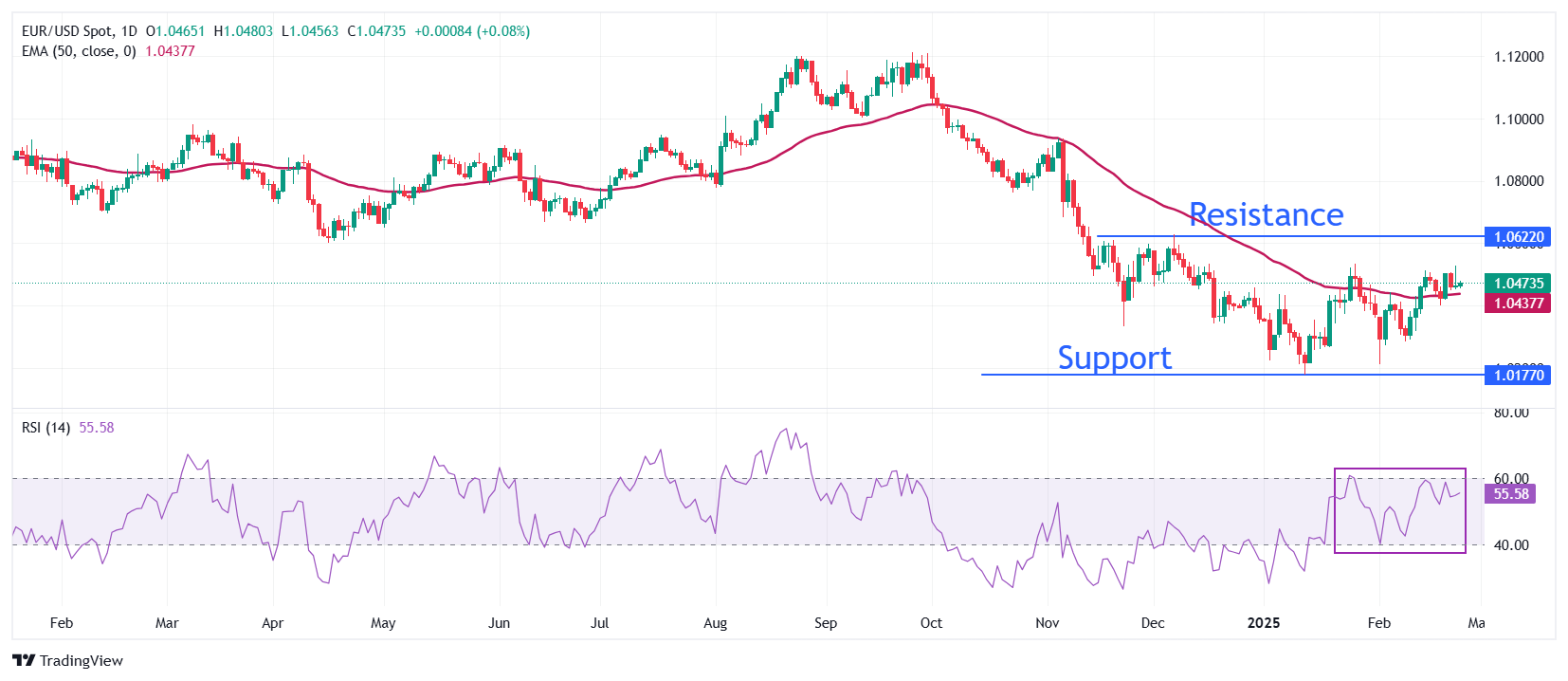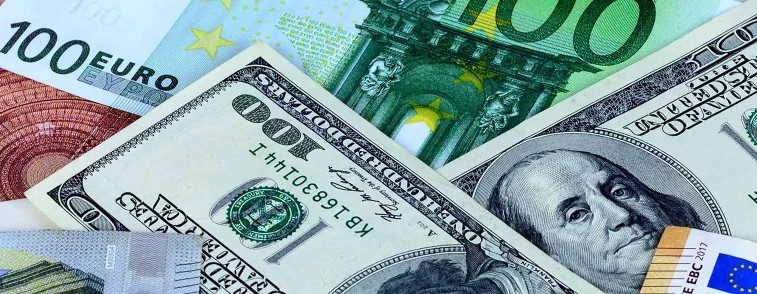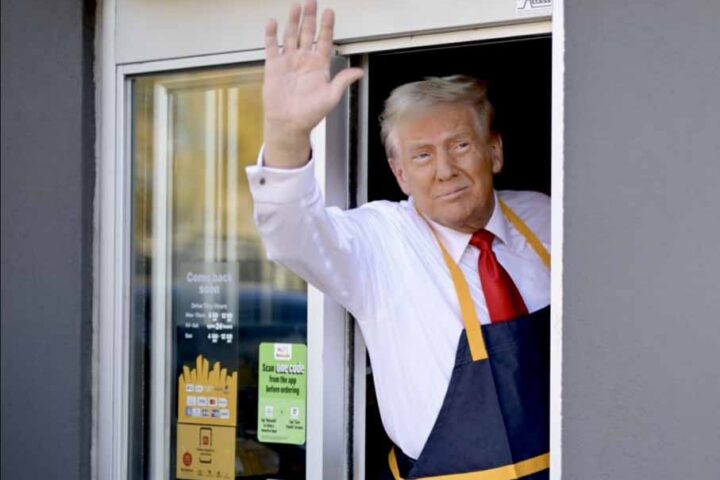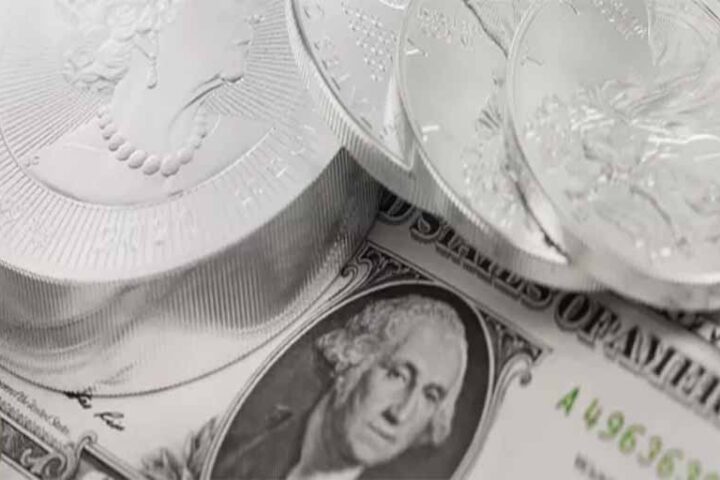The EURUSD currency pair trades cautiously above the key support of 1.0450 on Tuesday as investors await the outcome of the victorious Frederich Merz-led-conservatives’ negotiations with other parties to form a coalition government.
The leader of the Christian Democratic Union (CDU) – likely Germany’s next Chancellor – is expected to face heated negotiations to fulfill his economic agenda of loosening the ‘debt brake’ rule to increase the limit of the budget deficit, which is currently 0.35% of the gross domestic product (GDP).
The most likely scenario is the conservatives forming a coalition government with the Social Democratic Party (SPD) of outgoing Chancellor Olaf Scholz. Merz is unlikely to invite Alice Weidel’s far-right Alliance for Germany (AFD) to form a government.
Market participants doubt that Merz will uplift the fractured German economy as a coalition government historically results in an obstructive parliament. This led to investors liquidating their longs on the euro in the North American session on Monday after strong initial gains.
The German economy has been contracting for the last two years, and its outlook is weak due to fears of potential tariffs by US President Donald Trump.
ECB policymaker and Bundesbank President Joachim Nagel said last week that our “strong export orientation” makes us “particularly vulnerable” to potential Trump tariffs.
On the economic front, Eurozone Q4 negotiated wage rates came in at 4.12%, down from 5.43% in the previous quarter.
Investors now await Isabel Schnabel, member of the European Central Bank (ECB) Executive Board, who will deliver a keynote speech at Bank of England’s Annual Research Conference, “The Future of the Central Bank Balance Sheet,” in London.
On Monday, Donald Trump said that his plans of imposing 25% tariffs on Canada and Mexico on March 4, which were delayed by a month after both nations agreed to tighten border activities, are still on.
“The tariffs are going forward on time, on schedule,” he said from the White House.
Renewed fears of tariffs resulted in some stability in the US dollar. The DXY Dollar Index, which tracks the greenback’s value against six major currencies, ticked lower on Tuesday but had a strong reversal move to near 106.75 on Monday after posting a fresh 11-week low near 106.10.
On the economic front, US durable goods orders and the personal consumption expenditures price index (PCE) for January will be the next major trigger for the dollar, released on Thursday and Friday.
Investors will pay close attention to the PCE inflation data, which is the Federal Reserve’s preferred inflation gauge, as some officials have shown concerns over the stalling disinflation trend lately.

EURUSD chart by TradingView
(Source: OANDA)







